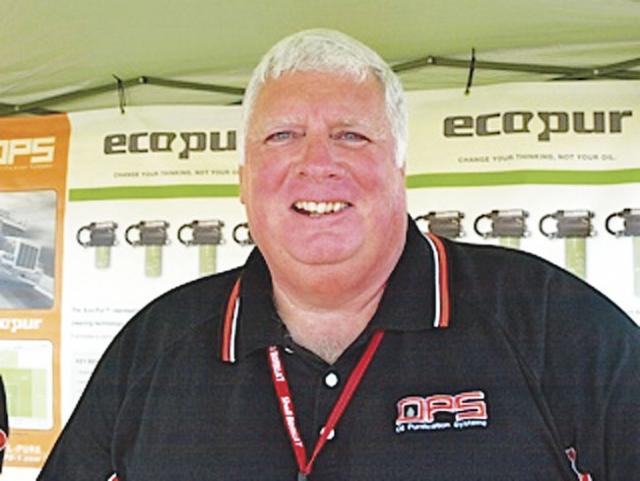Understanding Oil Contaminants

Before I get into this month’s article I want to remind everyone that the Great American Truck is coming up August 24th to 26th at the Kay Bailey Hutchinson Convention Center in Dallas. If you haven’t made plans to attend I suggest you register at: www.truckshow.com. If you have already registered, congratulations you truly must understand the value of attending a truck show.
Recently I was asked a very interesting question. I know oil sampling can help me to understand what is happening in my engine and allow me to safely extend my oil drains, but is it really worth the time and expense?
Well the best way I can answer this is to say that an advanced oil sample that usually costs less than $30.00 will uncover potential issues that could prevent catastrophic engine failures. An engine that is contaminated with fuel or antifreeze that goes undetected will eventually have viscosity issues that will accelerate wear, cause internal parts to overheat and premature engine failure. If you drain your oil and never sample you would have no indication that the contamination is occurring. There are numerous other signs of imminent failure like excessive metal or bearing wear that repaired promptly would eliminate the need for a tow truck when the engine fails. I would say the $30.00 oil sample is a very good investment.
Anyone who uses an extended oil drain filtration system knows that oil sampling is a critical part of any extended drain program. Without sampling you would have no way of knowing that the quality of the oil is being maintained. At OPS the extended drain program recommends that oil filters be changed and samples taken at specified intervals depending on filter size and the operation of the vehicle. For example an over the road vehicle that operates on pavement would typically use a 10 inch filter and change filters and sample oil every 25.000 miles. That would mean that a driver who typically runs 125,000 miles a year would change filters and sample 5 times a year. If the oil sample results showed the oil properties were within guidelines and oil quality was maintained the oil would not be changed.
Using this scenario to answer the question if the time and expense is really worth it, let’s compare the time and expense of changing oil every 15,000 miles and not sampling to extending oil drain to 125,000 miles or more with 25,000 mile filter and sample program.
As everyone seems to pay different prices for oil changes, oil and filters, I am going to list some of the time and expense issues for you do your own comparison. Downtime waiting in line at a truck stop or repair shop for oil change 8-9 times per year compared to changing filters yourself 5 times per year and taking oil sample approx. 30 minutes each time. Assuming that top off oil during operation would be the same the difference between 8-9 oil changes (80-90 gallons) and extended drain programs (10-15 gallons) would save 65-75 gallons per year. You would need 8-9 OEM Full Flow filters if you change oil and 2-3 if you extend drains and 5 bypass filters. Do your own calculations with your oil expenses.
Most OPS customers say that the lower oil maintenance is great but not having to wait in line for oil changes and the benefits that the oil sample provide far outweighs the thousand plus dollars they save every year. I guess the answer to the question is oil sampling will save you major expenses by utilizing a preventable maintenance program. Using oil sampling with an extended drain filtration system will put extra dollars in your pocket every year. So yes oil sampling is definitely worth the time and expense.
Don’t forget to stop by the OPS-Oil Purification Systems booth 11044 at GATS to meet Frank Baylor and Ben Thomas to discuss oil sampling, oil related issues and learn more about extending oil drains and engine life.
If you have any questions or topics for this column please email me at [email protected]
